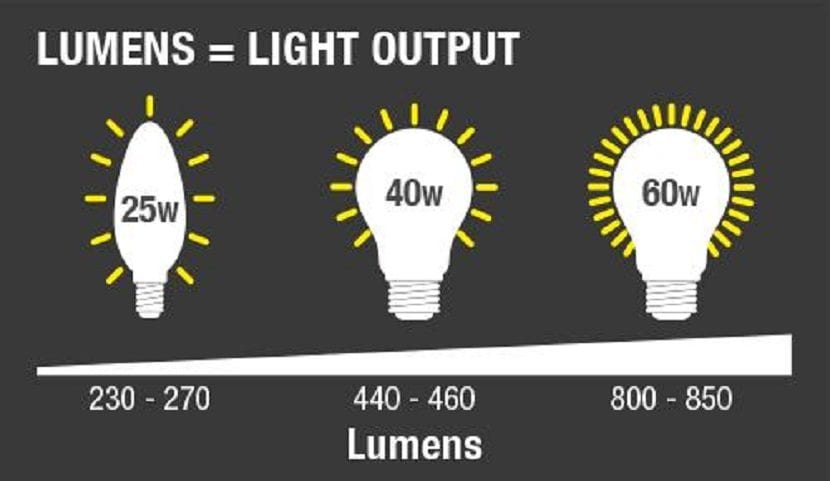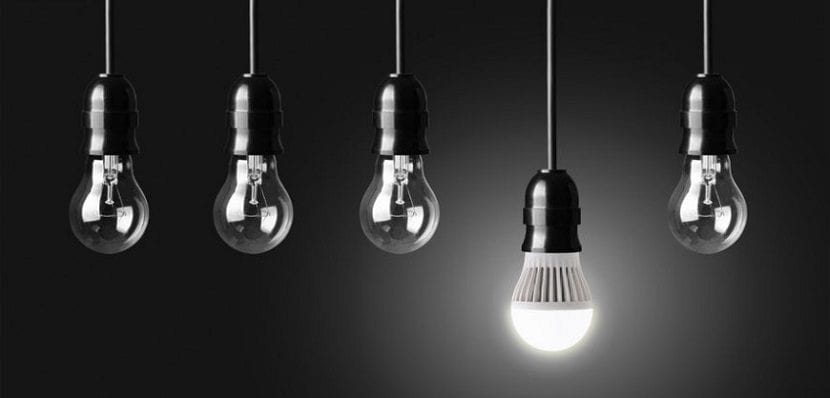
We will explain the different types of bulbs that are normally used in homes or offices, with their advantages and disadvantages.
Is consumed in lighting 18% in homes and about 30% in offices , choosing a type of correct lighting for each use, we will get save between 20% and 80% energy.
Aspects to consider before knowing the types of bulbs:
1. Efficiency, which are the watts (w) consumed by the different types of bulbs.
2. The useful life, which refers to the time each types of bulbs last.
3. The color, since the light that it will emit will be yellowish or white depending on the choice between the different types of bulbs. This will depend on the technology you prefer, since it can be LED, eco halogen or fluocompact.
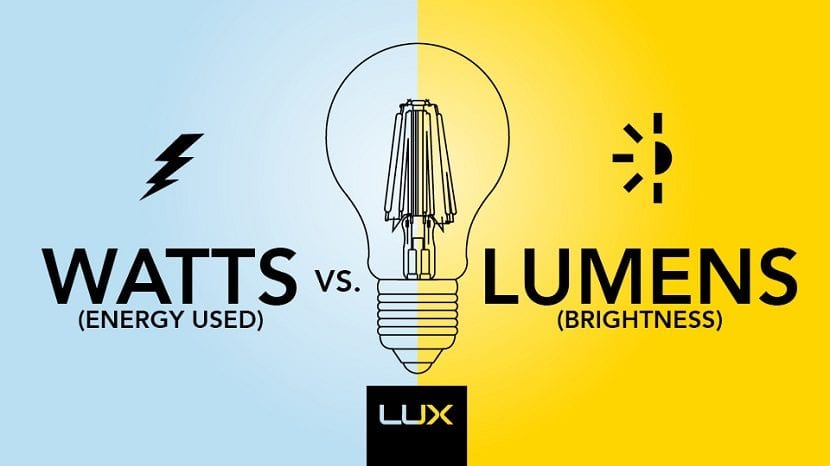
4. The cycles They are also other aspects that you should take into account when choosing between all the types of bulbs that exist, since each bulb has established how many times approximately they can be turned on and off.
Another thing to keep in mind is that in Energy saving lightbulbs we quantify them according to your luminosity, through the unit of measure called “lumens" or "lumens”Which just indicates the amount of light emitted.
Instead, the above incandescent bulbs were measured in watts (W), indicating how much electricity consume.
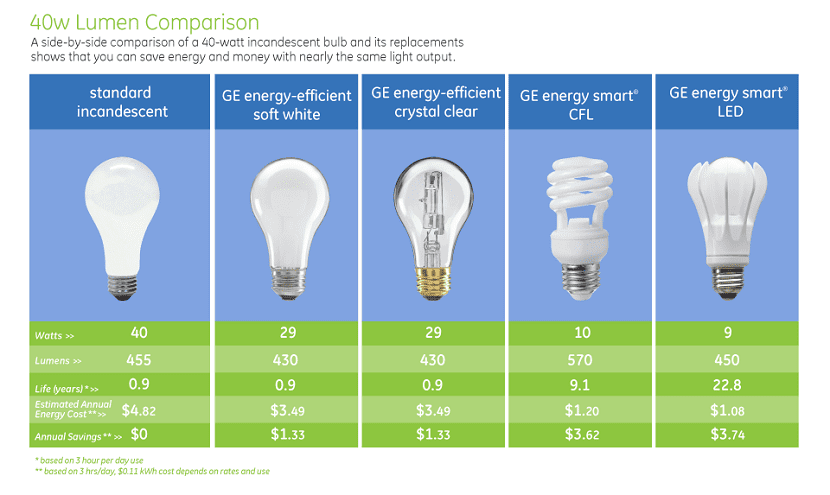
Types of bulbs
1. LED
They are the acronym for Light Emitting Diode. The LED bulbs They are the most consistent with the environment, since they represent an ecological option as well as efficient.
This is due to the fact that they do not emit as much CO2 into the environment as other types of light bulbs, and they also do not contain tungsten or mercury.
Also if we analyze the main features commented above, the lifespan of different types of bulbs, LED bulbs can be used around fifty thousand hours. The savings in terms of consumption is more than significant, since we will be consuming around 80% less than any other traditional incandescent bulb.

2. HALOGENS ECO.
The light that these types of bulbs give off is especially natural and they turn on instantly. Regarding its useful life, it is usually two thousand hours, consuming an envelope one third less than the incandescent ones, which we are going to comment on below.
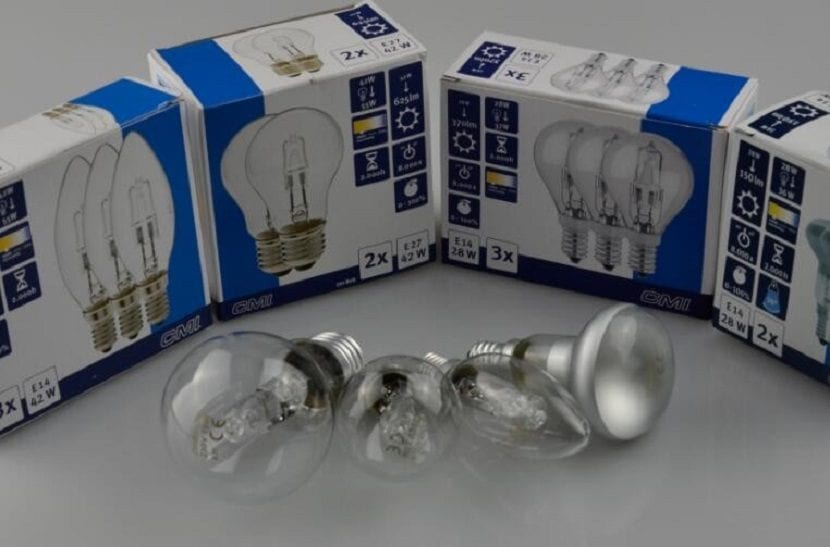
The loss of energy due to the heat effect must be taken into account, since this type of light bulbs they do emit heat.
3. INCANDESCENT.
Energy consumption is the highest of all bulbs, and is subsequently reflected in the electricity bill. Fortunately, from 2009 onwards, it has been producing the withdrawal of this type of light bulbs from the market, giving way to better solutions that offer the same result in terms of brightness, but with a much lower consumption. At the same time, they do not produce heat, have quite a few cycles and reproduce the color correctly.

4. FLUOCOMPACTS.
They are known as the low comsumption, having a useful life of between six thousand and ten thousand hours, and consuming eighty percent less than its traditional homologues.
As for the lighting that it gives off, these types of energy saving light bulbs they are not highly recommended for use in transit areas. Since it usually takes a few seconds before offering all the power of your lighting.
What are the characteristics to consider?
a) The time it takes a light bulb to reach the maximum performance, that is, how fast it turns on.
b) Aperture angle or the light beam, which means that at a lower angle, the light will focus on a more specific point.
c) The useful life of the bulb, that is, the hours that the light of the bulb lasts.
d) From an aesthetic point of view, we will attend to the forms. We can find globe, round, spiral or candle lamps.
e) There are also different shapes of bushing depending on its diameter and thread type that have.
f) The number of times a light bulb can be turned on and off, that is, their cycles.
g) The power of the light or light, in such a way that the more quantity of lumens we will get a greater amount of light.
